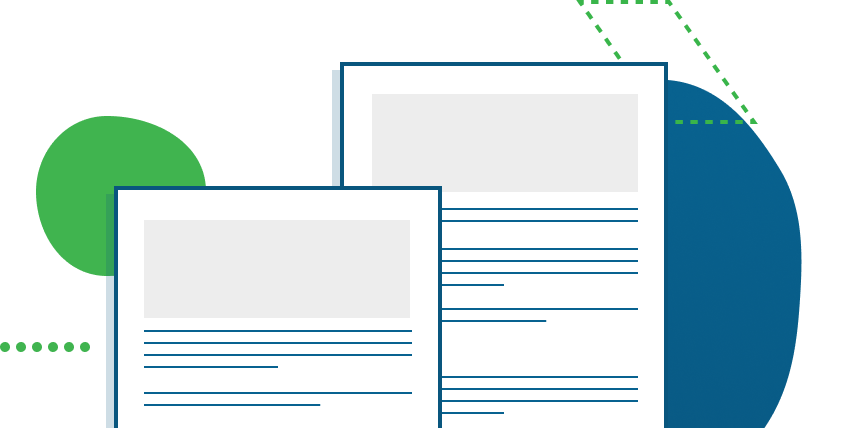by Guido Pavesi, Junior Software Development in Excellence Innovation
In a constantly evolving technology sector, companies are faced with the challenge of managing an increasingly complex and resource-intensive infrastructure, consequently requiring solutions aimed at amortizing costs on the maintenance and updating of IT systems.
Among these tools, Docker and Kubernetes stand out, two software systems that have managed to establish themselves widely over the last decade in the IT landscape, introducing the concept of “containerization”.
What exactly are they and how can their implementation help your business?
The essential tools
Docker is a platform that allows you to enclose applications, services and their execution environments in distinct units called “containers”. These can be compared to “packages” that contain everything needed to allow applications to function correctly. With Docker it is also possible to keep the application services offered to customers separate, in order to avoid possible incompatibilities with each other.
Kubernetes, on the other hand, takes care of the 360-degree management of containers. Designed by Google, it is able to automate the distribution of applications between systems of various types. If Docker is comparable to a warehouse of containers, Kubernetes is the shipper who distributes them, constantly monitoring their status in the environments on which they are installed.
Benefits of Containerization
There are multiple benefits to adopting containers within your organization, including:
- Efficiency and Cost: Containers are lightweight and fast, which means applications can be deployed and started on the fly, minimizing support and maintenance costs. This allows companies to respond quickly to market needs and reduce downtime.
- Scalability: Kubernetes allows applications to be scaled based on demand, ensuring resources are used optimally. This is especially useful for applications that need to handle traffic spikes, such as e-commerce platforms during the holidays.
- Portability: With Docker, developers can be confident that their application will run exactly the same on any platform and operating system.
- Resiliency: The product will always be available to customers. If an infrastructure fails, Kubernetes will move the container to a working environment to ensure continuity of service.
- Flexibility: It is easy to move between different cloud providers or on-premises infrastructure, reducing the dependency on a single service provider.
- Automation: Kubernetes automates many of the operational tasks, reducing the burden on IT teams and allowing them to focus on more strategic activities. With Kubernetes, continuous deployment and continuous integration can be implemented, improving efficiency, the quality of the code produced, and the quality of life of the DevOps staff.
Major companies such as Pinterest, Reddit and Airbnb have managed to evolve their platforms thanks to the adoption of this type of technology, managing to guarantee security, reliability and continuity of service (source: devm.io – How Big Companies Are Using Kubernetes).
In particular, Spotify, the leading music streaming company, began migrating its services from Helios, an internal software for container automation, to Kubernetes in 2018, benefiting from the broader set of tools and the growing community of users. By doing so, it was possible to manage more than 10 million requests per second for the service offered.
Adidas, the sports shoe company, uses containerization with Kubernetes to halve the loading times of its e-commerce, also allowing the development team to release features very quickly, from once every 4-6 weeks to 3-4 times a day. (source: medium.com).
Hosting companies and other software-as-a-service (SaaS) and platform-as-a-service (PaaS) providers are increasingly using Kubernetes as the underlying infrastructure, while many enterprises are relying on cloud alternatives like Google Cloud Platform or Amazon Web Services to manage their service delivery without resorting to self-hosted methods.
Best practices
To get the most out of the container-based model, here are some useful tips to facilitate its use in the company and obtain the maximum benefit:
Conclusion
We have been able to observe how the containerization paradigm offers the possibility of developing and distributing software in a more agile way, reducing costs and improving operational efficiency.
In fact, the aforementioned tools have gained popularity among developer teams, who have been able to see an increase in the degree of satisfaction in the company.
Investing in containerization is therefore a strategic move for any company that wants to confidently face the challenges of the future, maintaining a competitive advantage in the modern IT landscape.
